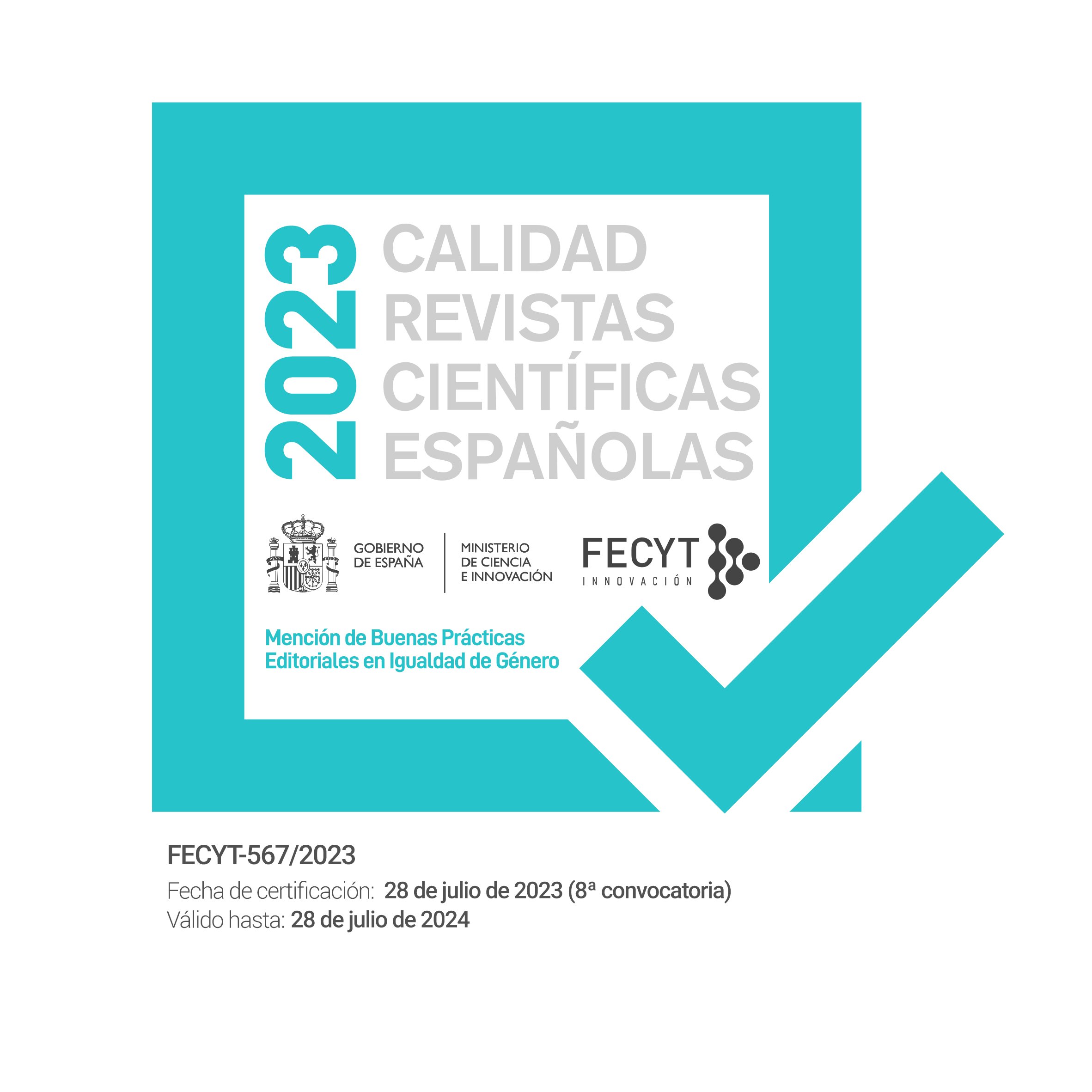El cuento Nené traviesa de José Martí como ejemplo de relato infantil modernista
Palabras clave:
modernismo, literatura infantil, Marti, cuento hispanoamericanoResumen
José Martí publicó en 1889 la revista La Edad de Oro, que incluía una serie de relatos de carácter histórico y ficcional dirigidos a los niños cubanos, con el objetivo de introducirles en la cultura y de instruirles para convertirse en futuros buenos gobernantes. Nené traviesa es uno de ellos: parte del prodesse et delectare horaciano y se configura dentro de la estética modernista como uno de los cuentos infantiles más representativos de este movimiento literario. La riqueza de elementos que lo conforman tanto desde el punto de vista narratológico (cambios de focalización, de narrador, etc.) como estético (recursos retóricos, fusión de las artes) muestran su complejidad de composición y su versatilidad de lectura, pues permiten ser analizados tanto desde una perspectiva infantil como desde una óptica adulta y, más concretamente, literaria. Así, Nené traviesa resulta fundamental no sólo para la comprensión del ideario educativo del escritor cubano, sino también para la ampliación de los conocimientos sobre el modernismo en el ámbito de la literatura infantil.
Descargas
Descargas
Publicado
Número
Sección
Licencia
Anuario de Investigación en Literatura Infantil y Juvenil se publica en acceso abierto desde 2019 (nº 17). Los autores mantienen el copyright, concediendo a la revista el derecho de primera publicación. Se permite el uso para fines docentes de los textos, datos e informaciones contenidos en estas páginas. Los autores pueden publicar su trabajo si indican que se publicó por primera vez en Anuario de Investigación en Literatura Infantil y Juvenil. Los derechos de autor de los números impresos (0-16) pertenecer a la revista.




 Anuario de Investigación en Literatura Infantil y Juvenil
Anuario de Investigación en Literatura Infantil y Juvenil